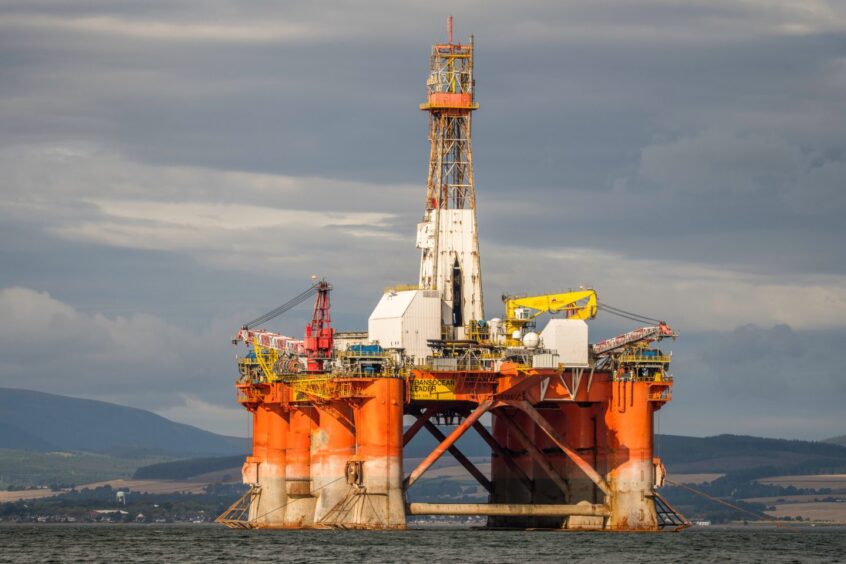
New analysis has highlighted the lack of spare capacity of oil and gas rigs to carry out work in the North Sea.
Research from Esgian has set out that 14 vessels have left the sector since January 2020 due to better prospects elsewhere and the “erosion” of investor confidence over the North Sea windfall tax.
Almost all the remaining fleet of semisubmersible rigs is now booked up for 2024 and discussions are underway for 2025.
There’s a similar picture for jackups as a recent contracting surge has cut supply, with only two Noble vessels left which are warm-stacked in Denmark.
It comes as the sector requires these vessels for offshore developments, plugging and abandonment of oil and gas wells for decommissioning and, in the medium-term, development of wells for Carbon Capture and Storage (CCS).
However “uncertainties” on supply and demand dynamics have scuppered the sector, according to Esgian, as units exit the sector for regions like Australia and South East Asia.
Esgian cited the Transocean Endurance, Transocean Equinox, Shelf Drilling Perseverance and Valaris 247 as vessels which have or are expected to mobilise away from the North Sea in recent times.
“For those that would be able to return to fulfil the potential demand, operators would have to bear the associated costs,” the firm said.
Rising day rates
Esgian’s analysis shows the North Sea lagging behind international counterparts on attractive day rates.
Last year, slow demand meant semisub day rates for the North Sea took six months to hit the highs of $400,000 which West Africa rigs commanded in the middle of the year.
As well as West Africa, harsh environment vessels exited the North Sea for areas including the Mediterranean, Black Sea and Oceania.
Then in late 2023, Norway saw the highest global rate for a semisub with the Odfjell Drilling Deepsea Nordkapp securing a $490,000 dayrate extension, with only the Transocean Equinox in Australia commanding a similar level at $485,000 per day.
“So now, with supply and demand in tight balance due to reduced rig count, there is practically no available warm stacked capacity” said Esgian. The only exception was the Stena Spey, which is being marketed for sale.
Slow booking on jackups
Slow demand similarly saw muted jackup bookings for the North Sea during the first three quarters of 2023, with a ramp up in Q4 and then in the first quarter of 2024.
Jackup day rates have been in the $130,000 – $145,000 range, Esgian said, but Australia and South-East Asia has offered generally better terms.
Outside of Norway, there have been “noticeable fluctuations” in rates, at one point going below 2020 levels, but have been above $100,000 since mid-2023.
Esgian said, similar to the trend with semisubs, jackup supply has reduced in the North Sea linked to the recent increase in contracting activity.
Just two Noble rigs remain warm-stacked in Denmark. Dolphin Drilling is considering options to reactivate its cold-stacked Transocean Leader – soon to be Dolphin Leader – rig.
North Sea oil rigs still needed
The firm said: “The Norwegian market remains stable, but the fiscal instability of the UK market stemming from the introduction of the Energy Profits Levy (EPL) in 2022, along with its subsequent changes, has eroded investor confidence and impacted demand in the country.
“Still, the UK’s mature basin holds a significant amount of P&A work that will need to be addressed in coming years, alongside emerging opportunities in carbon capture and storage (CCS) operations.”
Recommended for you

